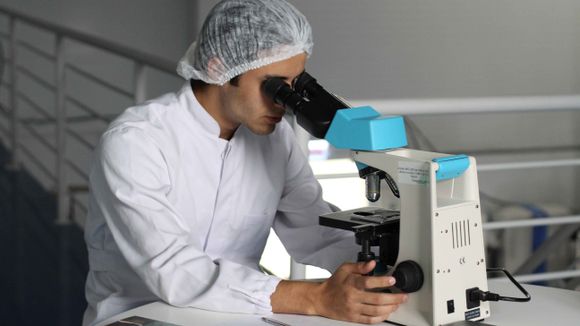The Problem: Antibiotic Resistance
Antibiotic resistance is a global health crisis that arises when bacteria evolve to withstand the drugs designed to eliminate them. This results in infections becoming increasingly difficult to treat, leading to higher medical costs, prolonged hospital stays, and an increased risk of death. Overuse and misuse of antibiotics are the primary factors contributing to this alarming issue.
Venom: A Treasure Trove of Potent Compounds
Venom, a toxic substance secreted by certain animals such as snakes, spiders, and scorpions, is composed of a complex cocktail of proteins, peptides, and enzymes. These compounds have evolved over millions of years to immobilize, paralyze, or kill prey, and sometimes as a defense mechanism. Researchers have discovered that some venom components have antimicrobial properties, making them potential candidates for developing new antibiotics.

Photo by Lucas Vasques on Unsplash
Recent Research and Promising Results
Scientists have been studying the venom of various creatures for its potential applications in medicine. For example, the venom of the Brazilian yellow scorpion (Tityus serrulatus) has been found to contain peptides with potent antibacterial activity. In another study, researchers discovered that a protein from the venom of the Peruvian green velvet tarantula (Theraphosa apophysis) has the ability to kill drug-resistant bacteria.
A Hopeful Future: Turning Nature's Weapons into Life-saving Medicines
While the use of venom-derived compounds in medicine is still in its infancy, the potential is promising. By exploring the unique properties of venom, scientists are opening up a new world of possibilities in the fight against antibiotic resistance. This innovative approach could lead to the development of novel drugs, providing us with powerful weapons in our ongoing battle against disease.
Note on Allergies
If you are allergic to venomous creatures, always exercise caution and seek immediate medical attention if you suspect you have been exposed to venom.
Questions and Answers
Q: How do venomous creatures produce venom?
A: Venomous creatures produce venom through specialized glands, often located in their head or mouth area, and use specialized structures like fangs, stingers, or spines to deliver the venom to their target.
Q: Can venom be used to treat other diseases apart from bacterial infections?
A: Yes, venom has been studied for potential applications in treating various medical conditions, such as chronic pain, cancer, and neurological disorders.
Q: Are venom-derived antibiotics safe for human use?
A: While research is still ongoing, scientists are working to ensure that venom-derived antibiotics are safe and effective for human use by carefully isolating and modifying the specific compounds with antimicrobial properties.
Q: Are all venomous creatures dangerous to humans?
A: While some venomous creatures can pose a threat to human health, many have venom that is not harmful to humans or causes only mild symptoms.
Q: How can we prevent the development of antibiotic resistance?
A: Preventing antibiotic resistance involves using antibiotics responsibly, including taking the full prescribed course, avoiding the use of antibiotics for viral infections, and promoting good hygiene practices to reduce the spread of infection. Additionally, supporting research into new antibiotic development and alternative treatments can help combat antibiotic resistance.







